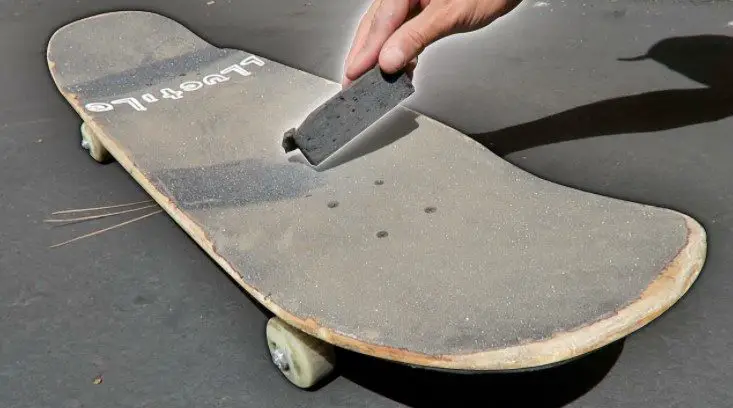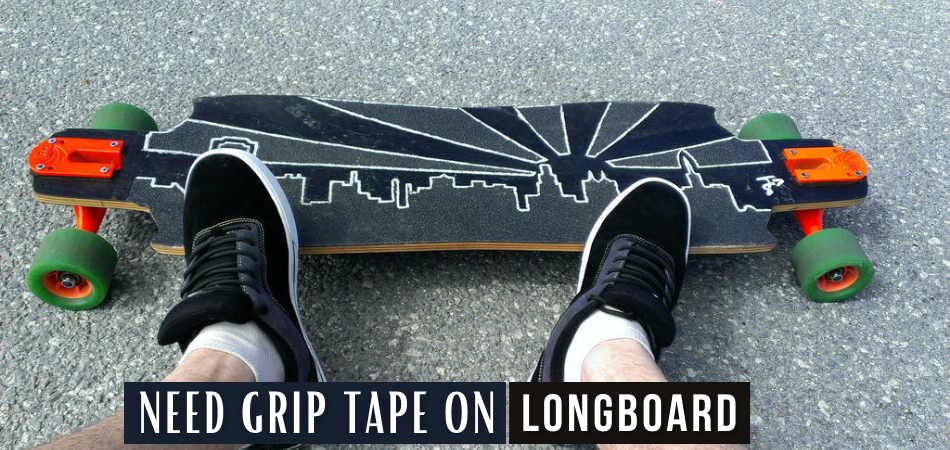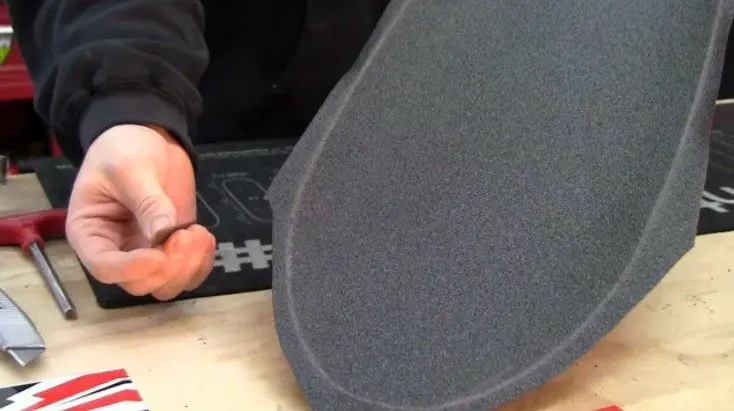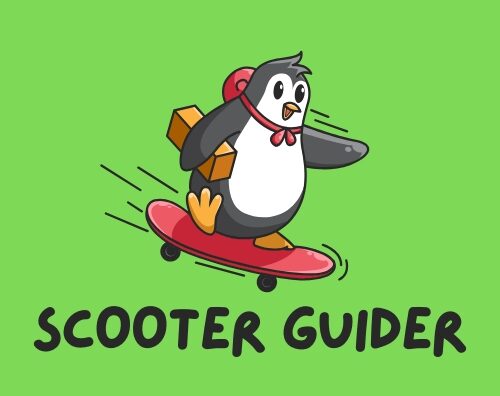Grip tape is an important part of a skateboard attached to the top surface with adhesive, and it provides traction, secure footing and allows players to play versatile tricks. But do you need grip tape on a longboard in the first place? Is it that necessary after all?
A longboard is used for cruising, freeriding, downhill racing, and traveling that generally with sharp turns and high speed. So, the grip tape is required for the longboard because it helps your feet lock on the deck and improve your control when turning, sliding, or racing at a higher speed. A grip tape role is Undeniable to deal with the obstacles in longboarding.
It is an exuberant guide that covers the reason for using grip tape for a longboard. Also, you will learn how to apply grip tape to a longboard. So, let’s dive into this guide.
What Is Grip Tape Used For?
Grip tape is commonly used for improving riders’ control of the longboard and preventing slippage in skateboards and longboards. Grip tape provides what the name stands for, it provides grip to lock the rider’s feet on the deck.
So, you can perform versatile, unique tricks in downhill racing and freeriding on the longboard. Besides, it protects hands from getting blisters when playing and exercising.

Do You Need Grip Tape on a Longboard?
Yes, you must have grip tape on a longboard to ensure your security from sharp turns and downhill speed rides, racing, and freeriding. Let’s see how a grip tape is beneficial in your longboard.

Stickiness:
The grip tape has great stickiness on your longboard deck surface that helps to lock your feet with the deck at high-speed racing.
Speed control:
Professional skaters love downhill racing with high speed, so there is the risk of getting injured. A sand-paper grip tape controls the rider’s speed efficiently.
Comfortable:
Another great requirement of using a grip tape with a longboard is to comfort the skater’s foot. Grip tape creates friction between the foot and deck and makes skating easier and comfortable.
Design and color varieties:
A colorful and aesthetic grip tape design can make your riding enjoyable. Since grip tape is available in versatile colors and designs, you need it to add a new and fresh look.
How To Apply Grip Tape to a Longboard?
Although budget-friendly longboards are available with pre-applied grip tape, you can also apply grip tape on your longboard deck as per your choice. Besides, you may be required to apply new grip tape when the older one gets torn or rougher for regular use. So, it is important to know how to apply grip tape to a longboard.

Essential things that you need:
- Clean longboard surface
- Grip tape
- hairdryer
- razor blades
- Rasp and pencil
Step 1: Removing old grip tape
This step is for you if you want to apply grip tape on a longboard instead of the older or worn-out tape. You can skip this step if you want to apply on a longboard that has come without grip tape.
Take the hairdryer and heat the deck surface to part the older grip from there. Then use a razor to remove the loosened grip. Do not rush to do this. Otherwise, the old grip tape may come off in several pieces that increase your hassle later.
Step 2: Choose the design.
Now select a design and measurement of grip tape that you want to apply to the deck. For example, you can apply a grip from the nose to the l to cover the whole top surface of the longboard deck. Besides, you can apply grip tape to a specific area. But keep remembering to apply enough grip tape so that it can protect feet.
Step 3: Cutting the grip tape
Measure your grip tape according to the deck size. Keep in mind to cut the grip with accurate measurement. Otherwise, it would not be easy to install.
Step 4: Grip tape placement
It is the most crucial part of applying grip tape. First, put the longboard on the floor or ground and place the foot on one end. Then apply the grip tape according to the longboard measurement.
Step 5: screw tightening
Now it is time to apply the grip tape to the previous outline.
The longboard deck has a screwing system to connect grip tape to the surface. After applying the grip tape tighten the screws properly.
Step 6: Bubbles or Wrinkles
There may often have bubbles and wrinkles on the installed grip tape. It happens where the grip tape is not attached correctly with the adhesive. Generally, some pushpin holes can remove these bubbles and wrinkles.
Moreover, some grip tape might get wrinkled or loosen from the wooden deck. You can solve this problem with a hairdryer. Heat the tape with a hairdryer and press on the wrinkle with your hands. This process can easily reduce wrinkles.
Step 7: Filing Down the Extra Grip tape
Fill down the extra grip with a heavier file. Then start to
Apply grip tape from one end to the other
Step 8: Trimming Off the Excess Grip Tape
It is the easiest step for applying grip tape on your longboard. You just have to cut the additional grip tape around the longboard deck. Use a sharp razor for the timing because there are small tiny bumps in grip tape material that require a sharp razor to trim correctly.
Step 9: Finishing
At this step, check if the grip tape has been properly installed on the deck. If there has no significant wrong with your installation then you are ready for longboarding. If you do it for the first time, it may seem a bit tricky or less perfect. But you’ll get better at it with time.
Final Words
Grip tape is a vital part of the longboard to provide friction and resistance between riders’ shoes and the deck. This tape can prevent injury risks related to downhill racing, performing tricks, and speed riding.
Besides, grip tape provides comfort in control, and that’s why you need grip tape on a longboard. You will get customized grip tapes in the market or apply grip tape as per your choice with the steps mentioned above.
